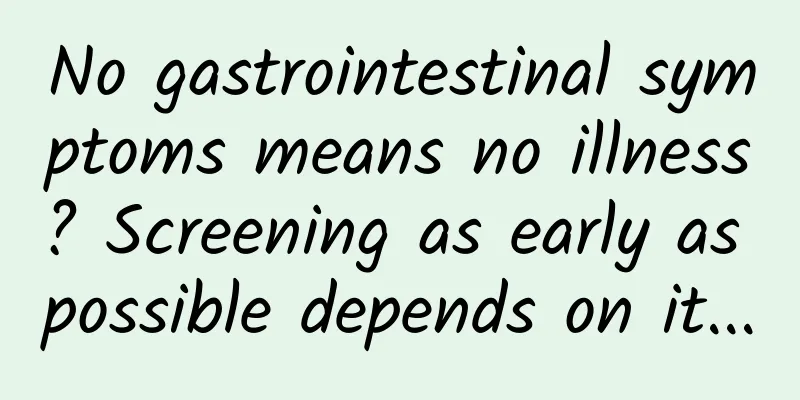How to prevent adhesion after uterine curettage?

|
Curing is a very scary treatment for women. It is mainly used to clean foreign objects in the uterine cavity, including cleaning residual tissues after miscarriage, etc. The effect of curing is very good and generally does not cause side effects to the body. However, curing may also have adverse effects on the uterus. For example, uterine adhesion is a common phenomenon after curing. Let’s take a look at how to prevent adhesion after curing. Intrauterine adhesions refer to extensive adhesions in the uterine cavity, which are common after miscarriage or rough curettage. Uterine adhesions can cause amenorrhea and endometriosis. Secondary infertility and subsequent pregnancy may cause miscarriage. The main symptoms of intrauterine adhesions are amenorrhea or oligomenorrhea after artificial abortion. It is often accompanied by cyclical abdominal pain and secondary infertility. Menstrual disorders are seen in almost all cases. Of the 116 cases reported, 106 had amenorrhea and 7 had oligomenorrhea. Cyclic abdominal pain is mainly caused by adhesions in the uterine cavity, especially adhesions of the internal os of the cervix, which form stenosis and prevent menstrual blood from flowing out, causing menstrual blood to be retained in the uterine cavity or flow back into the fallopian tubes and abdominal cavity. The pain is located in the lower abdomen and is most severe during menstruation. Secondary infertility also accounts for a considerable proportion. It was reported that 141 out of 192 patients were infertile and 51 had recurrent miscarriages. In addition, physical examination may reveal that the uterus is slightly enlarged and tender, and about half of the patients experience cervical pain when pulled out. Intrauterine adhesions are completely preventable. As long as you strictly follow the suction curettage operation procedures and pay attention to the following points, you can avoid the occurrence of intrauterine adhesions. Several ways to prevent intrauterine adhesions: (1) The patient’s chronic cervicitis and endometritis should be actively treated before surgery to prevent postoperative infection. (2) The cervix should not be dilated roughly and the dilator should not be skipped to avoid damaging the cervical canal. (3) The negative pressure during suction should be appropriate, and the negative pressure should be closed when entering and exiting the cervix. After treatment, most symptoms of intrauterine adhesions are alleviated, and 30-60% of women can recover their fertility, but some sequelae are often left behind. The general purpose of treatment is to release adhesions and prevent re-adhesion after release. Adhesions can be released by separating them with a probe or a small dilator. In recent years, hysteroscopy has been used to release adhesions with good results. To prevent further adhesions, intrauterine contraceptive devices are often placed. Some people also use cortical hormones to prevent fibrosis, or use estrogen and progesterone for artificial cycles to stimulate endometrial growth and prevent further adhesions in the uterine cavity. |
<<: If I get pregnant again after two months of curing the uterus, can I keep the baby?
>>: Does it hurt to have a uterine curettage immediately after medical abortion?
Recommend
Nighttime stomach pain near due date
After a woman becomes pregnant, she always looks ...
Six weeks of pregnancy gestational sac size standard
Many female friends become extra cautious when th...
What is a breast abscess? Come learn professional knowledge
The term breast abscess may be heard frequently, ...
Postpartum wrist pain, this can remedy
There is a saying that you must be careful if you...
You may be eating these five types of foods that cause inflammation every day! Reminder →
Many diseases that plague the human body All have...
What to use for female kidney detoxification
We all know that kidneys are very important organ...
Why do women's palms feel hot?
Many people often have hot palms, but most people...
What is the reason why the menstrual period has a little brown color and then disappears?
Menstrual problems are one of the stubborn diseas...
Can I eat dumplings during my period?
Menstruation is a very important period for femal...
Gynecological health care exercise precautions
We all know that regular physical exercise can ma...
What are the clinical manifestations of fallopian tube obstruction?
With the progress and development of society and ...
What to eat during menstruation to detoxify and remove blood
During the menstrual period, women's bodies w...
Results of the largest study of adolescent brain cognitive development to date released
American scientists wrote in the online version o...









